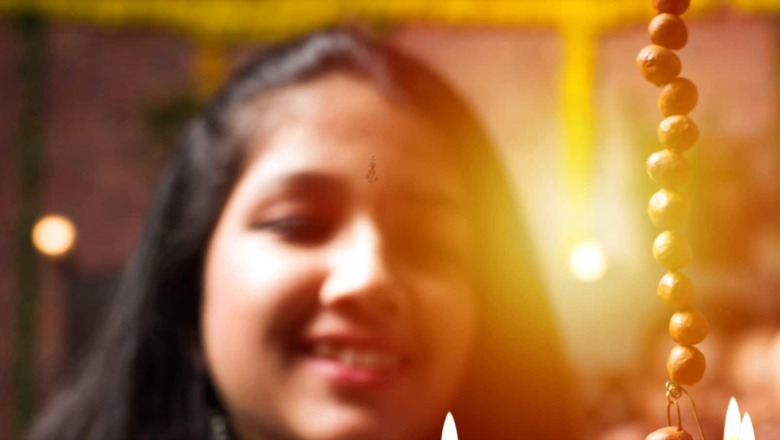
102
views
views
The way the festival of lights is observed across the nation varies greatly by region and by religion. Here are a few things every student needs to know about Diwali
Diwali, or Deepavali, is one of the biggest festivals in India. The day marks the victory of good over evil, light over darkness, and prosperity over poverty. It is celebrated with much fervour by communities all over India, as well as in several other countries. However, there are many regional and religious variations to how the festival of lights is marked countrywide. There are multiple legends behind the festival and several facts that the average youngster might not be aware of.
Here are a few facts about Diwali that every student should know:
- Diwali falls on a constant date, just not according to the Gregorian Calendar. Its date keeps changing because the Hindu calendar and the Gregorian calendar are not aligned. The festival falls on the darkest day (full moon) of the Kartik month (mid-October to mid-November according to the Western calendar).
- Diwali is not a one or two-day fest. In fact, the celebration lasts for five days, beginning with Dhanteras, followed by Narak Chaturdashi, Lakshmi Pooja, and Govardhan Pooja. The last day is celebrated as Bhai Dooj. Each of these days has its own story and significance.
- While most of the Gangetic belt in India commemorates the victorious return of Lord Ram to Ayodhya after defeating the Demon King Raavan, that is not the case for the rest of India. In West Bengal, Diwali coincides with Kali Puja. In the southern parts, it marks the victory of Lord Krishna over Narakasura (on Narak Chaturdashi). Meanwhile, in Odisha, people celebrate Diwali by burning jute sticks and welcoming the souls of their ancestors from heaven.
TOP SHOWSHA VIDEO
- People light a total of 13 diyas on Diwali. The first diya protects the family from unexpected death, the second is placed in front of the puja mandir for luck, and the third is lit in front of Goddess Lakshmi. The fourth diya is set in front of the tulsi, while the fifth is placed outside the house’s main entrance. The next diya is lit with mustard oil and set under a peepal tree. The seventh one is lit in any temple near the house, while the eighth is placed near the garbage. One diya each is placed outside the washroom, on the roof, near the window, on the terrace, and at the intersection of the house.
- Other than Hindus, Jains, Sikhs, and Buddhists also mark Diwali. For the Jains, the festival marks the enlightenment and liberation of Mahavira. In Buddhism, it commemorates the day Emperor Ashoka converted to Buddhism in the 3rd century BCE. Sikhs, on the other hand, have been celebrating Diwali since the 18th century to mark the time of Guru Hargobind’s return to Amritsar from captivity in Gwalior. They call it the Bandi Chor Din.
Read all the Latest Lifestyle News and Breaking News here
















Comments
0 comment